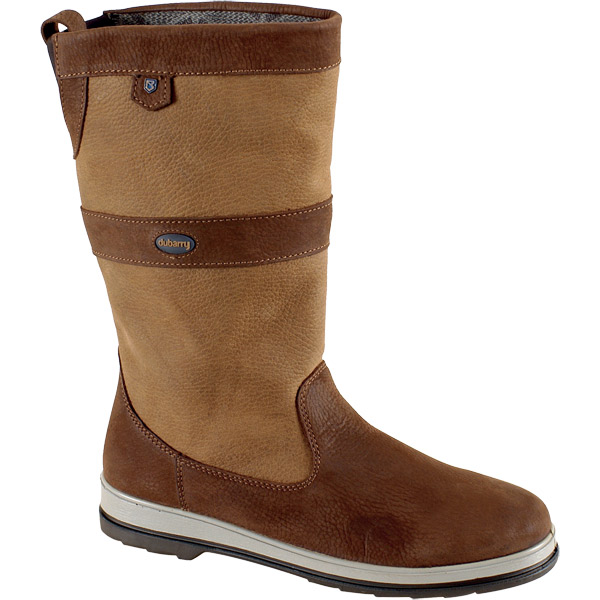It is a good time to organize your winter gear, especially as the temperatures drop. It doesn't matter if you love winter or just endure it. Being organized will make it much easier. These tips will make it easier for Old Man Winter to arrive.
Warm weather gear is recommended- You can store summer and spring clothes in another
closet. Make sure they are covered and kept clean so they don't get damaged
during the off-season. No extra
closet? You don't need an extra closet. You can also
store off-season equipment in large storage containers that are labeled and
placed in your garage, attic, basement, or on shelves. The next tip
might help you weed out items that are not suitable for spring/summer.
Should it be left or should it move winter and fall clothing, such as gloves, boots,
and boots, before you do? Sort through
the clothes. Consider the following question: "Does it
fit?" Do you have duplicates? Are there
duplicates? Do I have enough wear on this item? Was this
something I wore last year? Donate cold-weather clothes to
charities.
Wash/dry clean make sure everything you keep is worn. Make sure they are in good condition before you
hang them up. You never know when you might need them in this
climate!
Hangers- For
bulky items such as jackets and snow pants invest in sturdy hangers. Some hangers can hold both jackets and snow
pants on one hanger. This saves space.
Scarves, gloves, and mittens, my goodness!- For easy access, I keep a few crates in my closet that
are sorted by family members with their winter accessories.
BootsThese
are the most flimsy of all cold-weather attire. You can either use an old towel or an elevated
drip-dry mat to dry these. You can simply take them off and dry
them on one of these options before you put them away.

